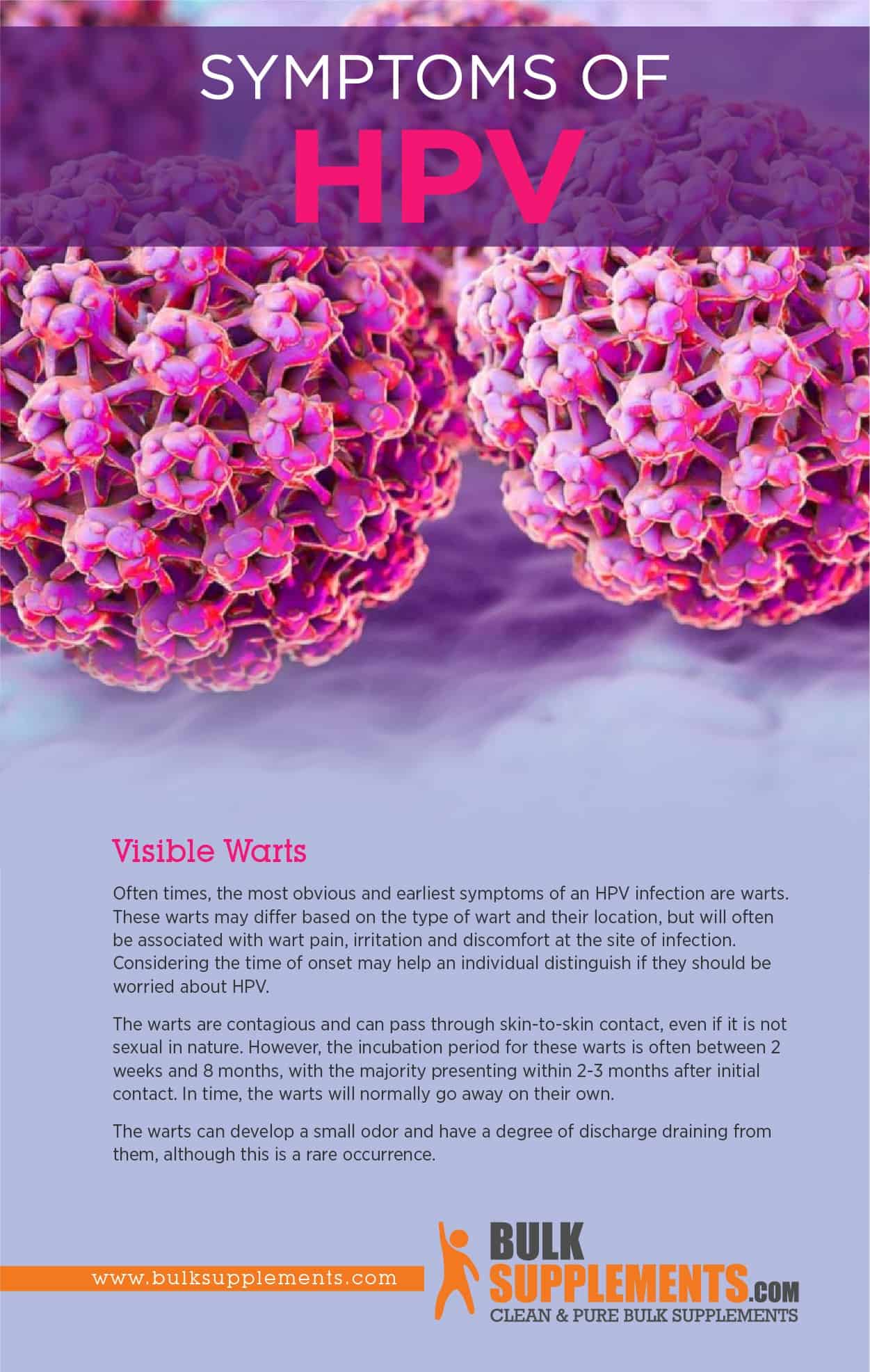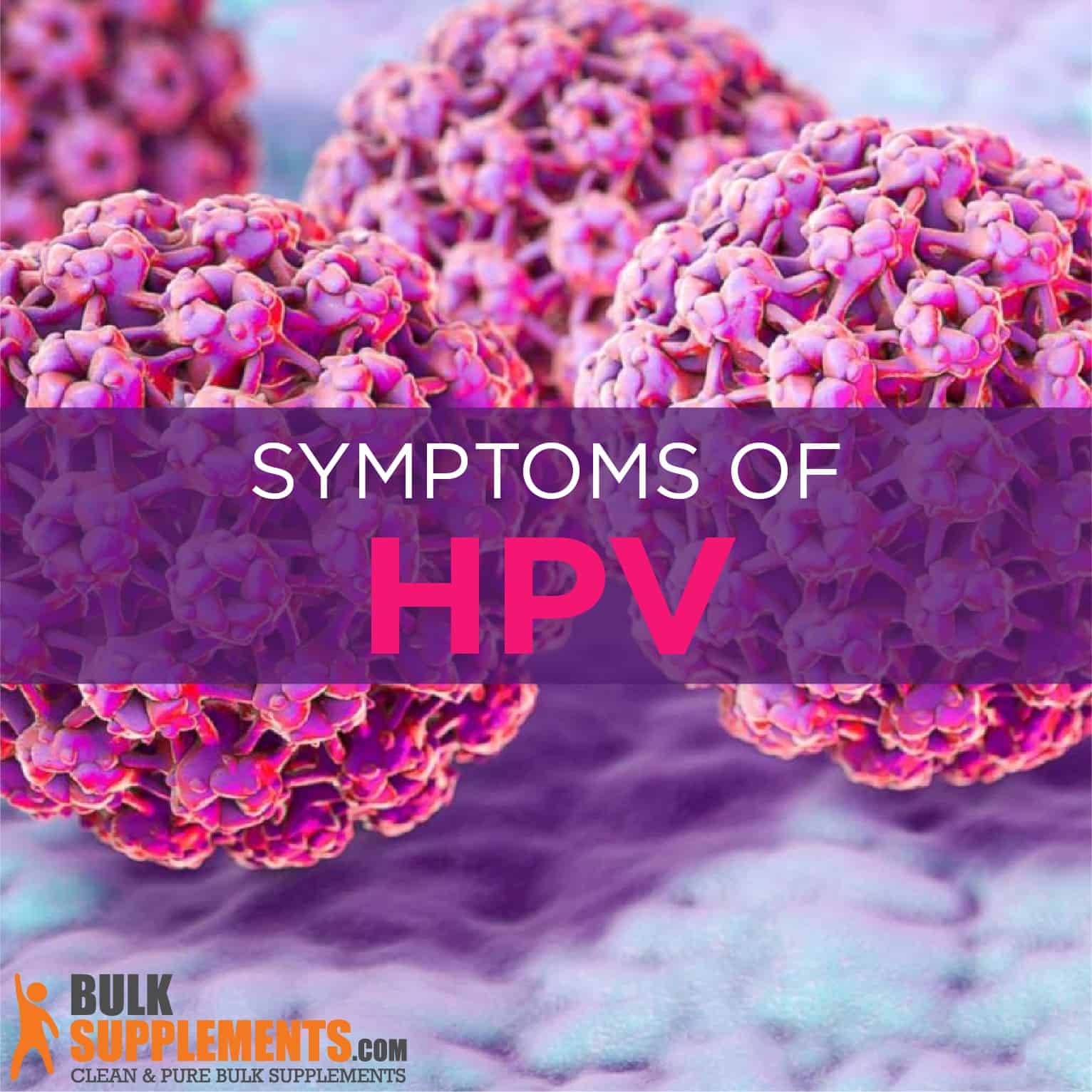What is Human Papillomavirus (HPV)?
Human papillomavirus, or HPV, is a common viral infection. Contrary to common belief, HPV is not only transferred through sexual relations. It can also be spread through skin to skin contact or contact with another individual who has already come into contact with the virus. It will normally enter through an opening in the skin, such as a cut or abrasion (x).
Although there are a number of ways in which HPV infection can occur, it is still considered a sexually transmitted infection (STI). HPV is the most common STI in the United States, and it is believed that about 80 percent of the population will deal with it at some point. In most cases, the body will be able to fight off the HPV infection early on, depending on the strain. When this occurs, the individual will likely never even become symptomatic (x).
For the majority of people, the biggest concern when they hear about HPV is whether or not they will break out in warts. Generally, if the virus is not overtaken by the immune system after the acute exposure, warts will manifest at the affected, or compromised, area of skin. This can range from fingers to the plantar surface of the feet to the genitals in both males and females, as well as the mouth and tonsils (x).
Cancer Caused by HPV
There is is a common concern that individuals may end up developing cancer as a result of HPV. While there are many strains that do not increase risk for developing cancer, there are several strains that have been linked to six types of cancer. In women specifically, these are cancers of the cervix, vagina and vulva. In either gender, strains can cause cancers of the anus and the back of the throat (x).
Many of us were probably advised to get the HPV vaccine at one point or another. This vaccine is usually recommended during adolescence as this is a time in a child’s life when they may begin to become more socially engaged (x). The vaccine has been hailed as both safe and successful. A collection of 26 studies with 73,428 participants shows that the chance of having higher grade pre-cancerous cells linked to any strain of HPV has reduced from 109 per 10,000 to 23 per 10,000 — a reduction in risk of 79 percent. In particular, cases linked to HPV16 or HPV18 reduced from 164 per 10,000 to 2 per 10,000 — a reduction in relative risk of 99 percent (x).
HPV in Adolescents
When thinking of this adolescent stage, there are more considerations than just being sexually active (although this is the main one that comes to mind). Adolescents spend increasing amounts of time around one another, often sharing food and beverages. Even contact in athletics may cause the spread of HPV. For this reason, keep an eye out for open cuts and abrasions that may lead to infection.
With regards to sexual contact, even modest amounts of intimacy may allow for the spread of the virus. Anything from holding hands has risks, depending on where and what type of HPV the carrier has. Due to the closeness of skin contact that occurs during intercourse, the use of a condom is not always able to prevent the spread of HPV between partners. Often, the partner will present with visible warts, serving as an indication that they are a carrier (x).
HPV During Pregnancy
Another common concern when it comes to HPV is the presence of the disease during pregnancy. While the likelihood is very low, there is a chance that mothers can pass the disease to the fetus during pregnancy or breast-feeding. However, in the vast majority of cases, having HPV does not affect the fetus at all (x).
HPV Symptoms
Visible Warts
Often times, the most obvious and earliest symptoms of an HPV infection are warts. These warts may differ based on the type of wart and their location, but will often be associated with wart pain, irritation and discomfort at the site of infection. Considering the time of onset may help an individual distinguish if they should be worried about HPV (x).
The warts are contagious and can pass through skin-to-skin contact, even if it is not sexual in nature. However, the incubation period for these warts is often between 2 weeks and 8 months, with the majority presenting within 2-3 months after initial contact. In time, the warts will normally go away on their own (x).
The warts can develop a small odor and have a degree of discharge draining from them, although this is a rare occurrence (x).

HPV Causes
Warts are essentially a viral infection in the skin. The virus causes a rapid growth of the outer layer of the skin, causing skin cells to cluster into a raised bump.
Sexual Transmission of HPV
As stated previously, HPV is considered a sexually transmitted infection and is often associated with sexual intimacy. While many individuals believe that the spread of infection can only occur with penetration, this is not the case. HPV can be passed through saliva in kissing, as well as through genital to oral and genital to anal contact. The skin on skin contact alone is enough to allow for the transmission of the virus (x).
While the majority of HPV strains are relatively benign in terms of causing severe life complications, there are some strains that have been associated with multiple cancers. While the mechanism of viruses causing cancer is not fully understood by researchers, it is believed to have something to do with the damaged DNA and RNA sequencing that viruses are capable of. As these viruses attack and commandeer cell bodies, the sequencing is disrupted. This causes rapid proliferation of cells with genetic mutations, in turn becoming a cancer by definition (x).
Living With HPV
Living with HPV can prove to be somewhat challenging for a variety of reasons. However, these reasons are generally caused by personal embarrassment and discomfort than seriously debilitating issues. Because HPV can still be spread from partner to partner even with the use of a condom, sexual relations may prove challenging. An honest conversation should occur between partners. As the infection affects areas that are not covered by condoms, the risk is still high for passing the disease along to one another.
Oral health with HPV may be a bit more challenging, especially if warts in the mouth and tonsil area are uncomfortable with brushing and flossing. When this happens, there are several treatment options to try calming down the warts so that proper hygiene may be addressed.
In the event of pregnancy, it is best to discuss your HPV condition with your OBGYN, but the virus normally has little to no effect on the fetus during development and childbirth itself. Treatment during pregnancy will be minimally invasive, but will focus more on relief of symptoms than anything else.
HPV Treatment
Treatment for HPV is not the same as a cure for HPV. In most cases, treatment is designed to lessen the degree of severity with which symptoms occur (x).
Most of the treatment options today are through medicinal application. However, there are also natural remedies and minor surgical procedures available depending on the location of the infection (x).
Salicylic Acid
Many people will opt to use salicylic acid to help remove the layers of their warts little by little. Trichloroacetic acid is another option that will help to burn down the warts as well. However, it may cause local irritation when doing so (x).
Topical Creams and Ointments
There are a number of topical agents that can be used, but some require a prescription for administration. Imiquimod may help the immune system better combat the infection and Podofilox works by destroying and damaging wart tissue (x).
Freezing Warts
Another more common method is the freezing of warts with liquid nitrogen. This is usually done after shaving down the callus around the wart, especially in plantar warts, and freezing the active tissue underneath regularly until the wart eventually shrinks and falls off. In extreme cases, surgical removal or laser removal may be necessary (x).
Supplements for HPV and Cervical Health
The following supplements have the ability to benefit HPV patients and patients who develop cancer secondary to viral infection.
DIM Powder
This supplement has been studied extensively and has displayed an ability to help decrease the risk of estrogen-related cancers. Additionally, it has been seen as a helpful natural treatment for cancer in conjunction with the proper medical interventions (x).
It is best to use a milligram scale for precise measurement. Take 1/16th to 1/8th of a teaspoon (100-200 mg) of DIM per day, or as directed by a physician (x).
Aloe Vera Powder
With respect to HPV strains that have the ability to cause cancer, aloe vera powder has displayed an ability to slow tumor growth, preventing the spread and further complications of the cancer (x).
Daily dosage is 1,000 mg (1/2 a teaspoon) with a large glass of water or as directed by a doctor.
Pure Green Tea
With 50 percent polyphenols extract, this supplement is an ideal natural first line of defense after the onset of infection. Polyphenols have the ability to minimize the proliferation of HPV, preventing spreading clusters and making the infection easier to manage in the acute stages (x).
Take 500 mg one to two times daily. It is important to note that this supplement should never be used for more than three months at a time.
Pure D-Mannose Capsules
This supplement has been shown to greatly benefit cervical health, both in the treatment of viral infections such as HPV and bacterial infections such as UTI’s (x).
The dose of D-mannose cannot be advised as there is not sufficient scientific research to show its levels of safety. Factors like age and health of the user should be taken into consideration. Consult a doctor before adding any supplement to the regimen (x).
The Bottom Line
HPV, or human papillomavirus, is a skin infection that causes rapid growth of skin cells, which results in rough areas of skin known as warts.
With the closeness of human interaction, it can be hard to completely avoid situations that may increase one’s risk of HPV. However, the best way to reduce risk is to have honest conversations with sexual partners and to avoid skin contact with open cuts/abrasions. Additionally, avoiding skin contact in shared sporting areas like locker room floors or public showers can help to minimize the likelihood of exposure to HPV.
If HPV is contracted and symptomatic, there are many treatments available. Topical treatments and natural supplements like aloe vera powder and pure green tea can be beneficial.


